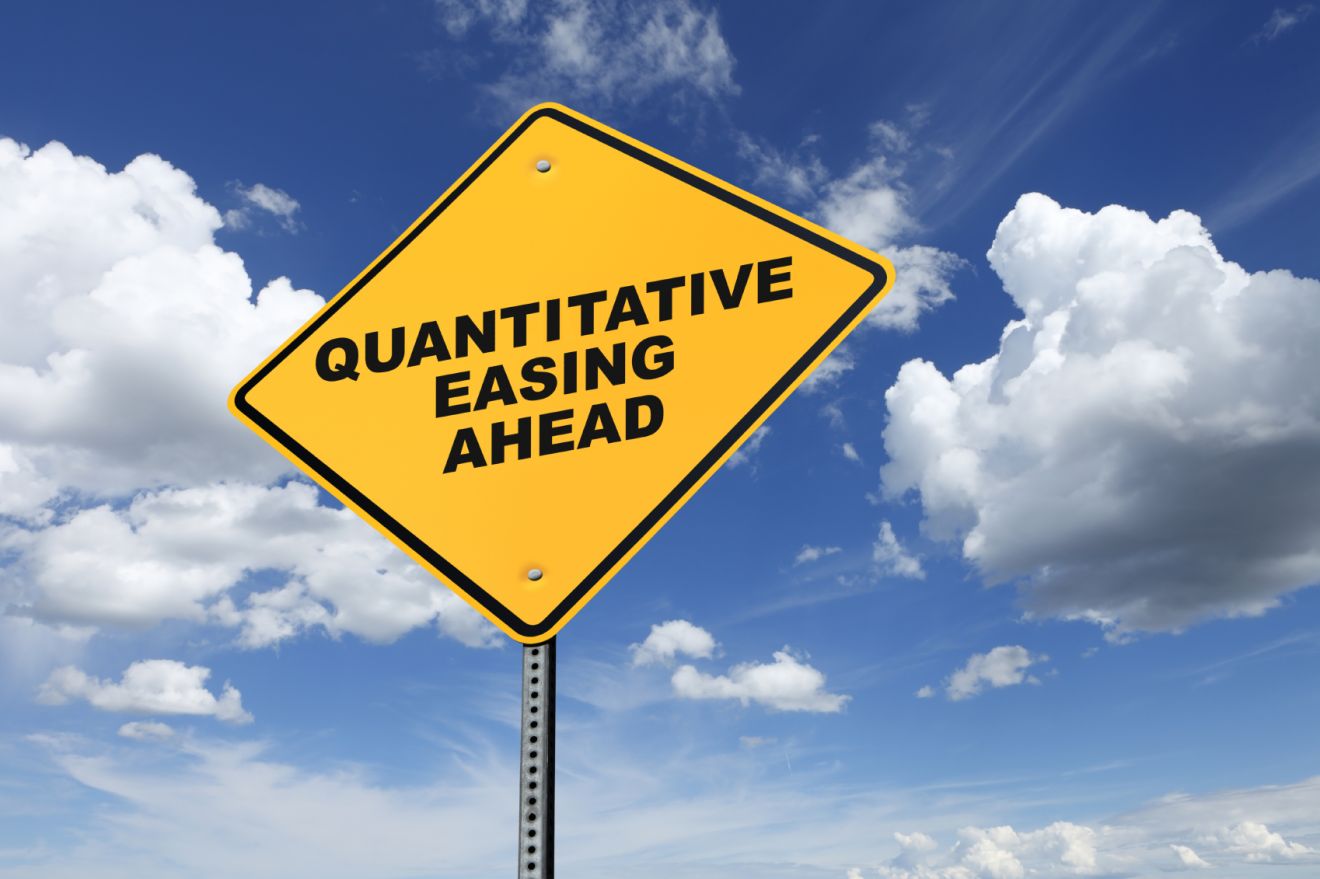
Quantitative easing made it easier for emerging economies to delay necessary reforms, but policymakers are better able to manage crises than ever before
When the U.S. Federal Reserve (the Fed) announced the end of its quantitative easing (QE) asset-buying programme at the end of October 2014, part of its impact could be summarised by one figure: 3 trillion dollars. That is the amount of new money the Fed had injected into the financial markets in its effort to stave off a repeat of the Great Depression. It has made plenty on Wall Street fabulously rich, but critics say it has done little else but punish prudent savers and reward imprudent debtors. It has also worsened inequality.
“In the U.S., the top 1 percent owns 50 percent of the country’s assets, and the top 10 percent hold 90 percent of the assets,” explains Dr Duvvuri Subbarao, former governor of the Reserve Bank of India (RBI). “So if QE is extended for a long time, and it pushes up asset prices, who does it benefit?”
The case against QE
Subbarao was listing the criticism against QE in the seminar organised by SMU’s Office of India Initiatives, "How Do Emerging Markets See Quantitative Easing?" The former governor of the RBI says ex-U.S. Fed Chairman Ben Bernanke believed that QE penalised savers, as well as being a blot of central banks’ credibility.
“If the central bank is credible, it need not do more than state that interest rates will be kept at zero – there is no need for QE. By doing QE, central banks erode the confidence the market has in the central bank.”
Now that QE – all three instances of it – has ended, the question remains: What about all that money that has been sloshing around? Much of it has found its way to emerging markets as hot money, which led to the main arguments against QE in emerging markets:
- Large and volatile capital flows;
- Debasing of US currency for unfair trade advantage;
- Financialisation of commodities;
- Global integration of emerging markets benefitted is to the benefit of advanced economies;
- U.S. dollar as sole reserve currency is an exorbitant privilege
Addressing those concerns, Subbarao says advanced economies should pay heed to emerging economies’ concerns not out of benevolence, but self-interest.
“If QE continues, and that money keeps flowing into emerging markets, these countries are going to intervene in the market to prevent appreciation of their currencies. That will erode overall demand when you want demand to be propped up. In the long term, it would be against the interests of advanced economies to do QE.”
Fragile economy
Subbarao, who began his term at the RBI just a week before the global financial crisis erupted in September 2008, was caught in the thick of the action. While India is a member of the so-called “Fragile Five” group of emerging economies, Subbarao says his country is partly accountable for it being in that group.
"In the U.S., the top 1 percent owns 50 percent of the country’s assets, and the top 10 percent hold 90 percent of the assets. If QE pushes up asset prices, who does it benefit?"
“These countries all have a common characteristic, which is running current account deficits,” he says. “India, of which I am familiar, ran a current account deficit that was much higher than the 2.5 percent of GDP that the RBI viewed as being sustainable. It is true our house was was not in order.”
However, he adds, “Where I have slight pain is that if QE had not happened, the current account issue might have been fixed. QE gave us a false sense of comfort (via the extra liquidity), it took us away from the urgency to implement reforms. I want to reiterate that I am not forwarding this as an excuse, but it lead to corrective action not being taken at an appropriate time in India.”
With the European Central Bank (ECB) poised to pick up where the U.S. Fed left off, much-needed reforms in India and other emerging markets could be delayed yet again; in which case, it might be a case of déjà vu.
“Over the past 800 years, all financial crises have been caused by the same things: excess exuberance and optimism, and eventually a collapse of the market,” Subbarao says. But he adds, “However, our ability to manage such crises has improved.”
For the sake of the global economy, let us hope so that this is indeed the case.
Follow us on Twitter (@sgsmuperspectiv) or like us on Facebook (https://www.facebook.com/PerspectivesAtSMU)